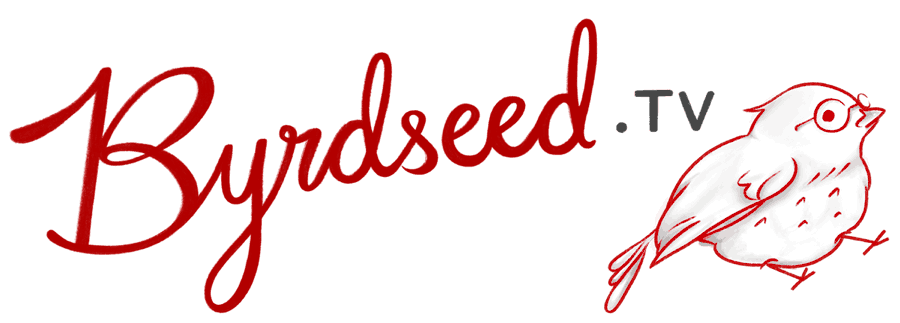Start using these resources with your students today! Get access to the library of done-for-you PD resources! Give your teachers access to hundreds of high-quality, done-for-you lessons! Get access to lessons for your teachers, plus done-for-you PD resources! Get access to the videos plus printable resources, interactive apps, and more!
Summary
When students learn about alliteration, it’s hard to steer them away from goofy tongue-twisters. Certainly, there must be more powerful and practical ways of using alliteration. In this lesson, I draw on delicious examples from Shakespeare to show how a very advanced writer used alliteration. Then, I break those ideas down so students can try them out.
- Students work on writing sentences that gently sprinkle in alliteration rather than *dump* it on every word.
- Then we introduce **consonance**, where the same sound repeats at the beginning, middle, and/or end of words. Alliteration is actually a specific type of consonance.








